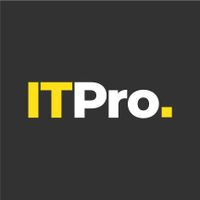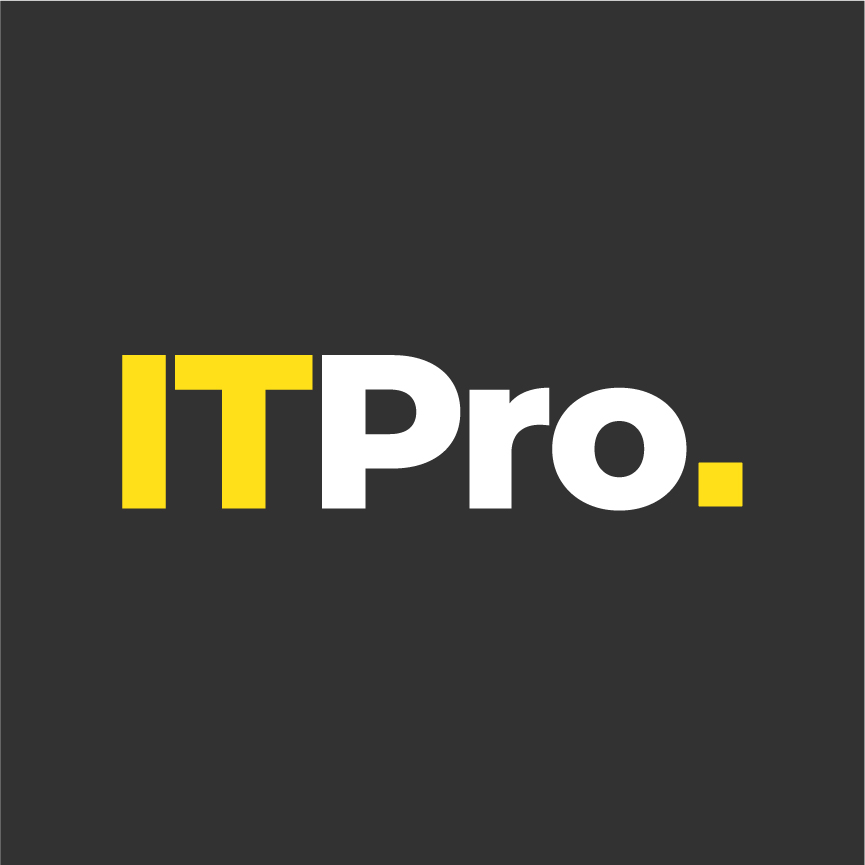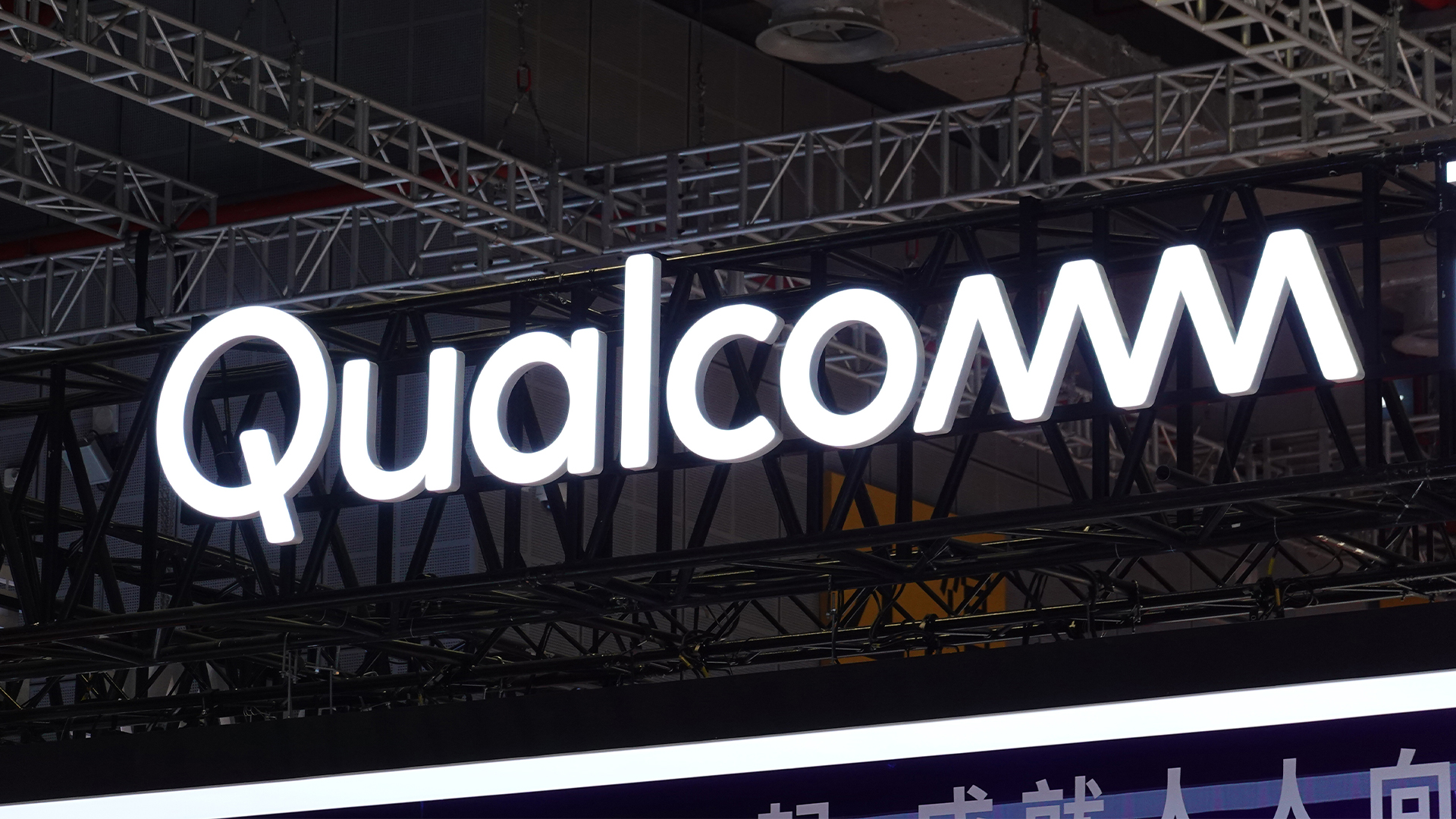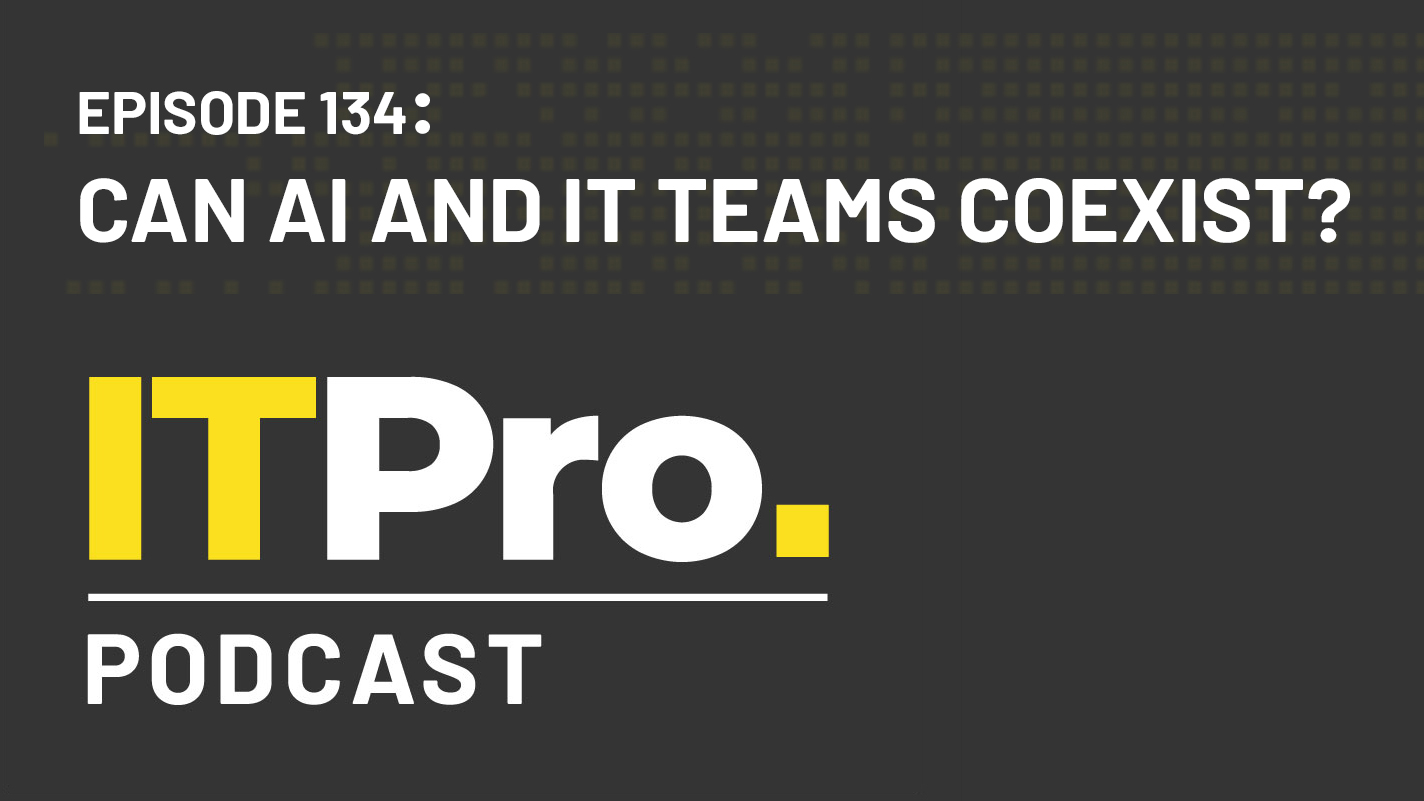
AI is increasingly working its way into organisations’ main IT environments, and as a cutting-edge field that relies heavily on technology infrastructure to run effectively, you might assume that IT would be enthusiastic supporters - but this isn’t always the case.
In fact, far from being bosom buddies, in many instances IT and AI practitioners can find themselves locked in turf wars and disputes over support and resourcing. In this episode of the IT Pro Podcast, we sit down with Nvidia’s director of technical product marketing Luke Wignall, to discuss some of the root causes of these conflicts, and how the two groups can learn to play nicely together.
Highlights
“Keep in mind that historically, large data analytics things have happened in clusters that have existed more in the corner of the data centre, and tended to operate around special budgets, special teams, whatever. And now we're seeing this democratisation of AI and data science, which means it's coming over into the core data centre, which is a very different IT team.”
“I had a senior IT person at an automotive manufacturer tell me, ‘when I saw this meeting on my calendar this morning, I had no idea I would leave this meeting excited about core data centre 2U servers again’. Like, it's just not something they think about. Right? That's a decision that was made, I don't know how long ago, and so it's it's an awakening that's occurring even at the leadership level. And then they wouldn't be interested in something as fundamental as that core server building block, if it weren't for the fact that the rest of this is an awakening for them as well. They see the value, they hear the value, they witness it. And so they know the importance.”
“At Nvidia, there's a team that combines both IT infrastructure and AI. And, in fact, the reason we've merged these two teams was to try to solve some of these problems. And early on, one of the metrics that came out of that team was, from ideation through to a functioning solution… 70% of the of the total project time was spent in exchanging helpdesk tickets to get the right sized workbench for that AI practitioner to work on.”
Read the full transcript here.
Footnotes
- What is machine learning and why is it important?
- Machine learning vs AI vs NLP: What's the difference?
- What are the pros and cons of AI?
- Is artificial intelligence safe?
- Inside the quest to create human AI
- AI is now powerful enough to automate the back office
- Mainland Europe now outpacing UK in AI adoption
- Using AI and machine learning to kickstart climate change fightback
- Intel rolls out Open Source AI Reference Kits for enterprises
- Government to boost AI data mining research in copyright law change
- Building an AI superpower: Does the UK stand a chance?
- Four business benefits of AI-powered analytics
- Jaguar Land Rover to adopt Nvidia AI tech by 2025
- HPE and Nvidia unveil 'Champollion' AI supercomputer
- Nvidia announces Arm-based Grace CPU "Superchip"
- Nvidia accelerates Australia’s AI roadmap with CSIRO partnership
- Covision Quality joins NVIDIA Metropolis Partner Program
- Meta teams with Nvidia to build the 'world's fastest' AI supercomputer
- Nvidia pauses hiring to help cope with inflation
Subscribe
- Subscribe to The IT Pro Podcast on Apple Podcasts
- Subscribe to The IT Pro Podcast on Google Podcasts
- Subscribe to The IT Pro Podcast on Spotify
- Subscribe to the IT Pro newsletter
- Subscribe to IT Pro 20/20
Sign up today and you will receive a free copy of our Future Focus 2025 report - the leading guidance on AI, cybersecurity and other IT challenges as per 700+ senior executives
ITPro is a global business technology website providing the latest news, analysis, and business insight for IT decision-makers. Whether it's cyber security, cloud computing, IT infrastructure, or business strategy, we aim to equip leaders with the data they need to make informed IT investments.
For regular updates delivered to your inbox and social feeds, be sure to sign up to our daily newsletter and follow on us LinkedIn and Twitter.
-
 HPE and Nvidia launch first EU AI factory lab in France
HPE and Nvidia launch first EU AI factory lab in FranceNews The facility will let customers test and validate their sovereign AI factories
-
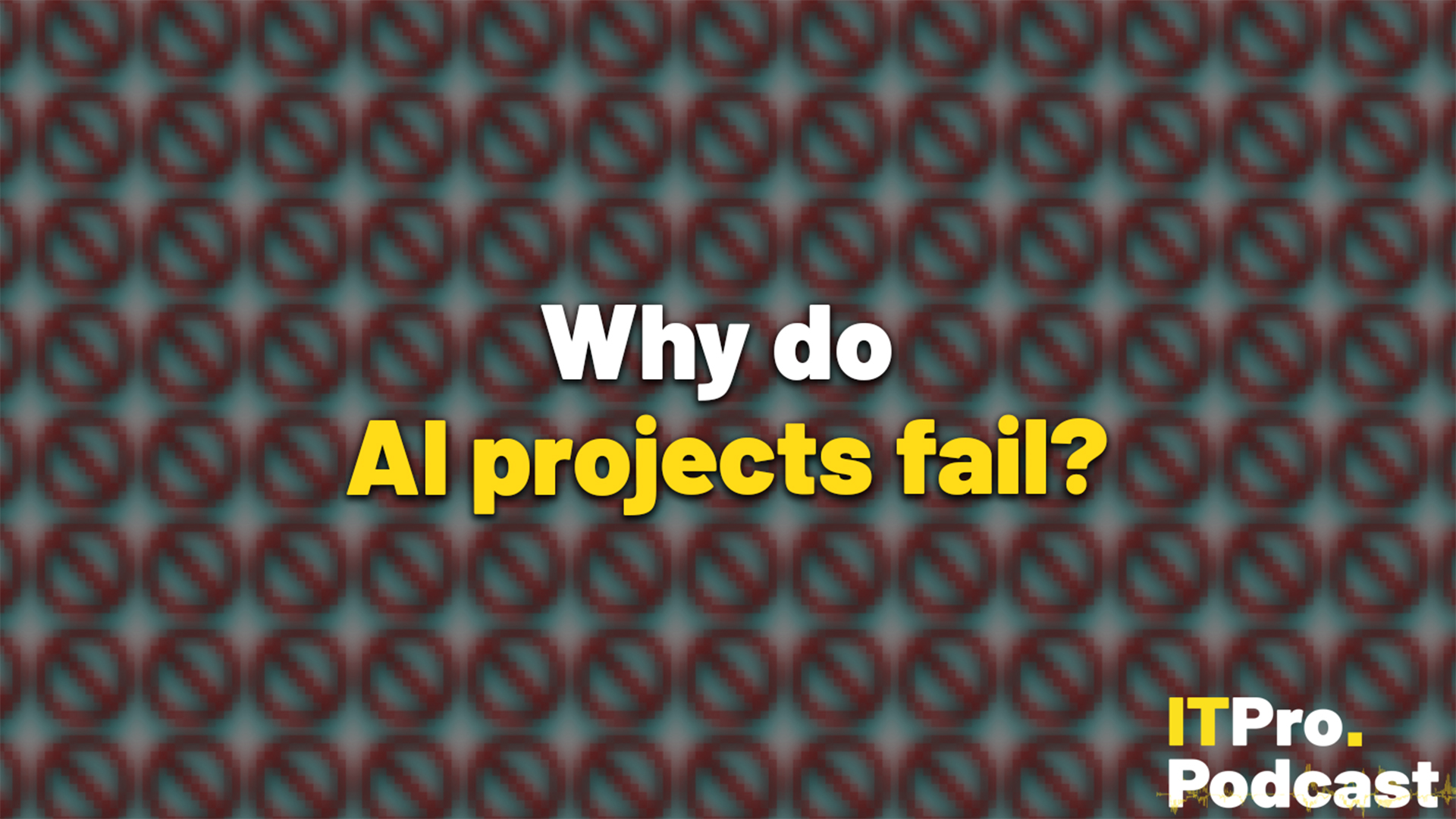 Why do AI projects fail?
Why do AI projects fail?ITPro Podcast Without a careful approach at the design phase, AI tools will fall apart in runtime
-
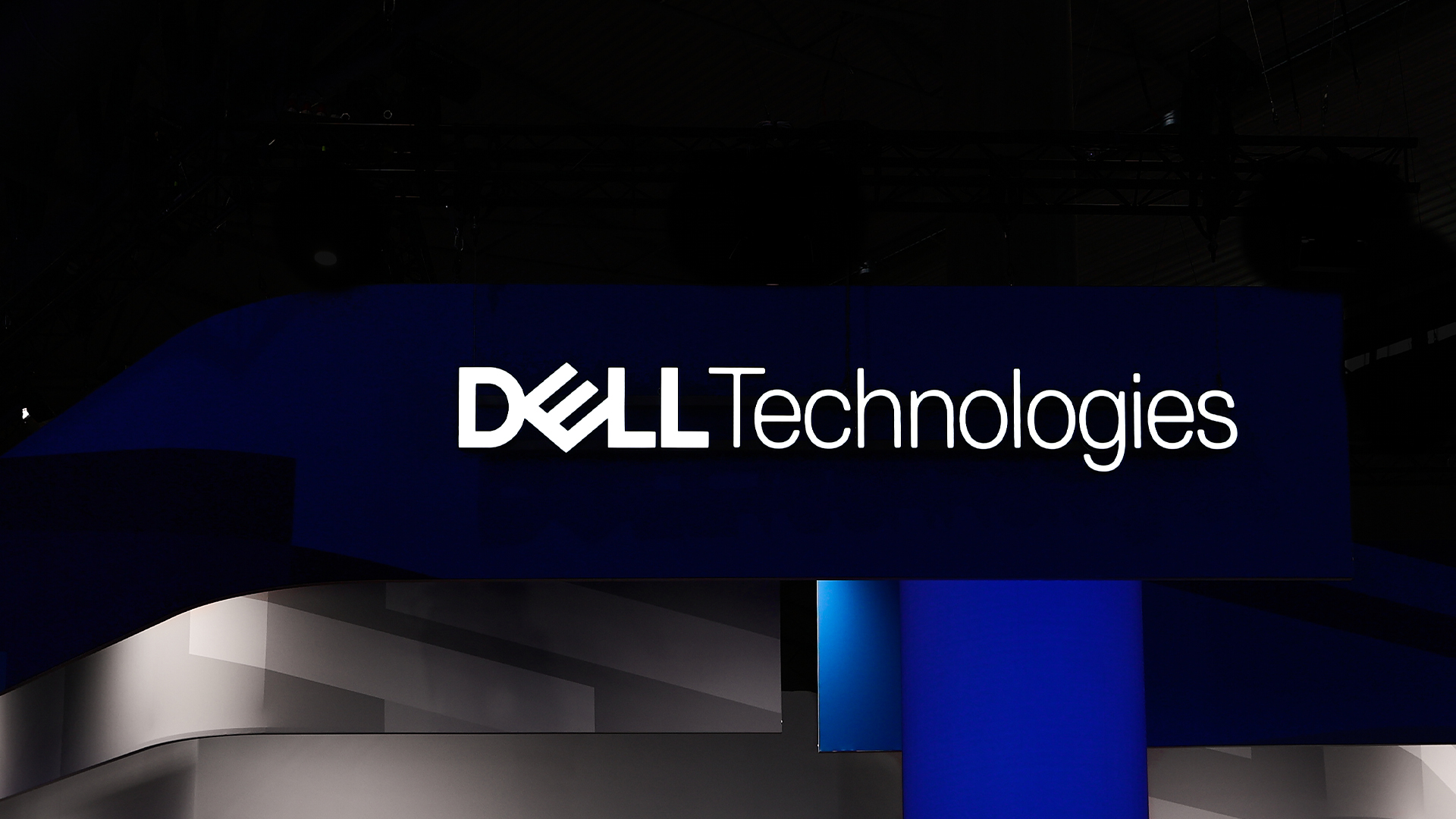 Dell Technologies doubles down on AI with SC25 announcements
Dell Technologies doubles down on AI with SC25 announcementsAI Factories, networking, storage and more get an update, while the company deepens its relationship with Nvidia
-
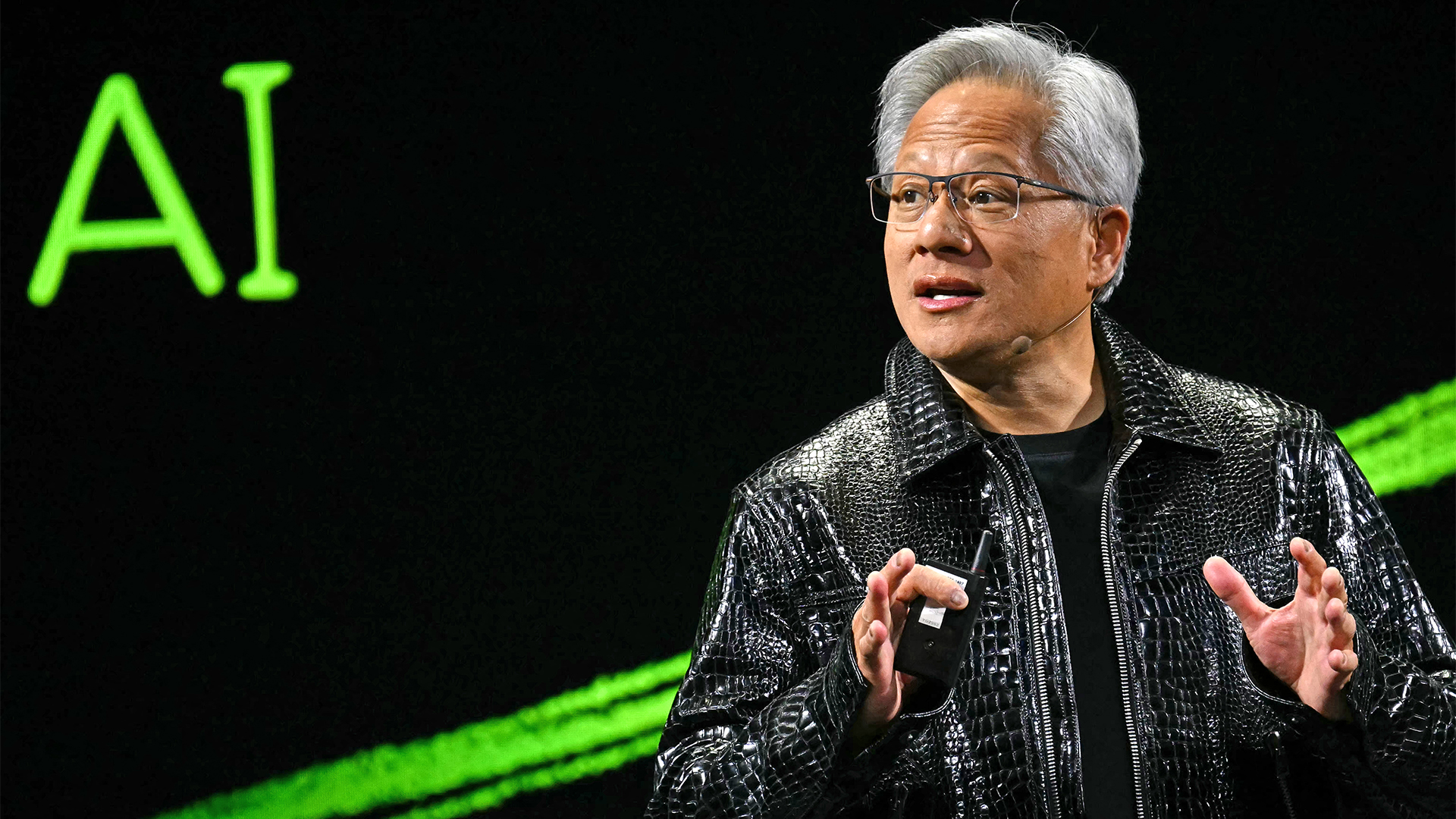 Nvidia CEO Jensen Huang says future enterprises will employ a ‘combination of humans and digital humans’ – but do people really want to work alongside agents? The answer is complicated.
Nvidia CEO Jensen Huang says future enterprises will employ a ‘combination of humans and digital humans’ – but do people really want to work alongside agents? The answer is complicated.News Enterprise workforces of the future will be made up of a "combination of humans and digital humans," according to Nvidia CEO Jensen Huang. But how will humans feel about it?
-
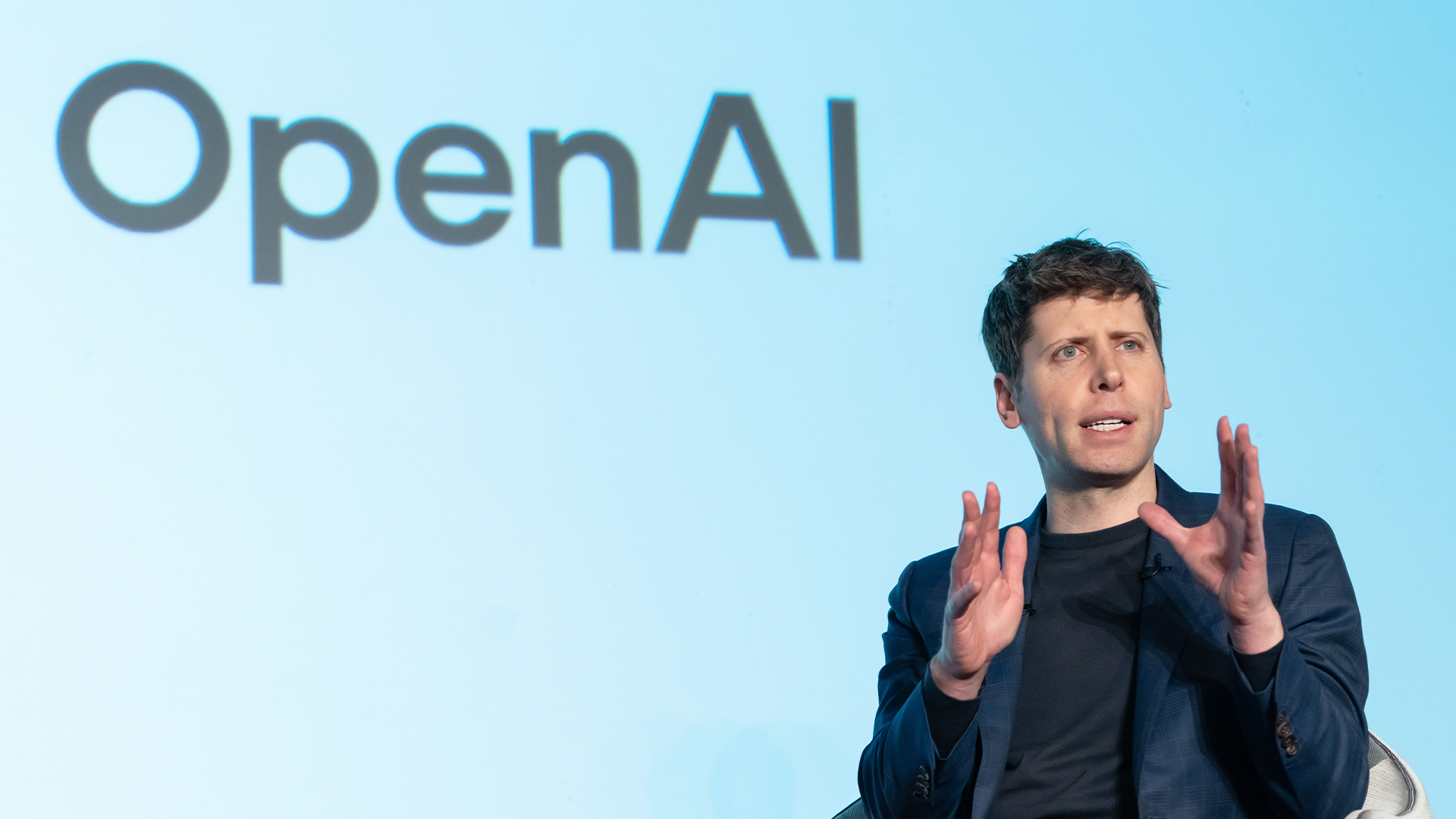 OpenAI signs another chip deal, this time with AMD
OpenAI signs another chip deal, this time with AMDnews AMD deal is worth billions, and follows a similar partnership with Nvidia last month
-
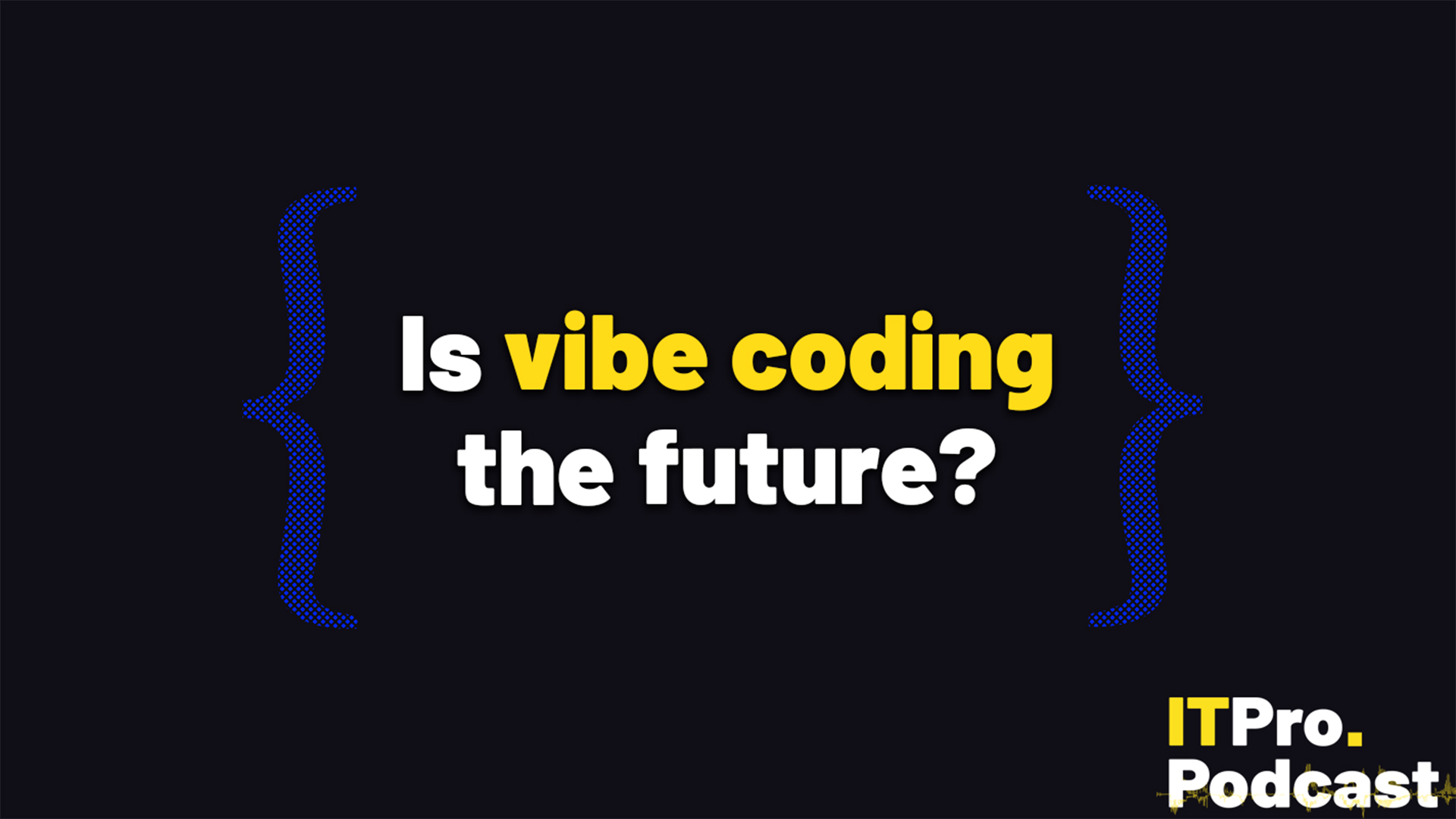 Is vibe coding the future?
Is vibe coding the future?ITPro Podcast As developers use AI to speed up code generation, leaders must work to ensure the technology complements existing practices
-
 September rundown: The UK becomes an AI playground
September rundown: The UK becomes an AI playgroundITPro Podcast Big tech has announced tens of billions in infrastructure investments for the UK – how will it help?
-
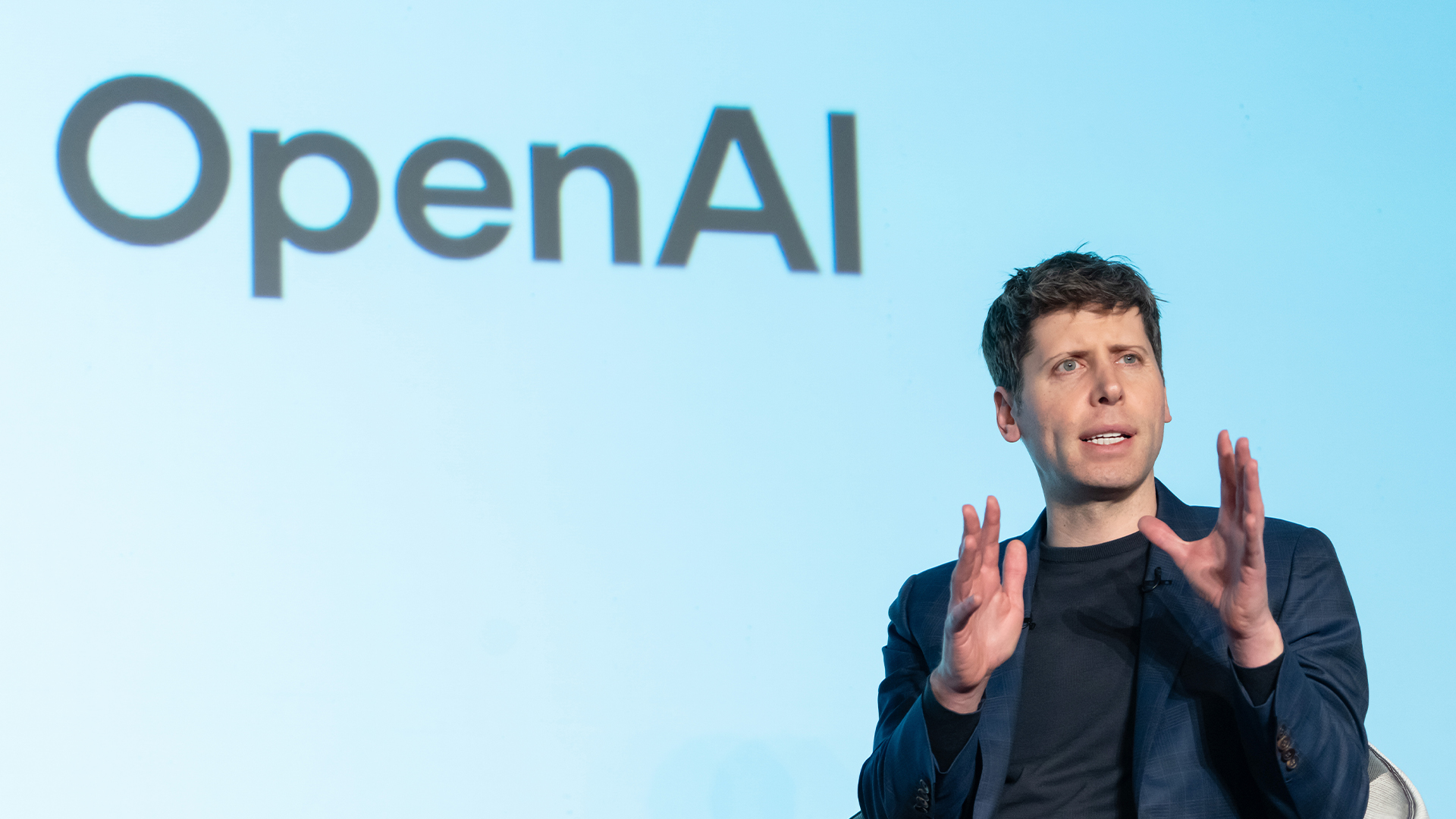 Why Nvidia’s $100 billion deal with OpenAI is a win-win for both companies
Why Nvidia’s $100 billion deal with OpenAI is a win-win for both companiesNews OpenAI will use Nvidia chips to build massive systems to train AI
